Beyond Tuscany: My Love Affair with the Dolomites
Their jagged peaks seemed to brush the sky, and the silence was loud.
There’s a place on this peninsula that holds a special place in my heart, that repeatedly calls me back. It’s the Dolomites mountains.
Tucked away in northeastern Italy, the mountains span three regions: Trentino-Alto Adige/South Tyrol, Veneto, and Friuli-Venezia Giulia. Part of the Eastern Alps, they’re known for their pale limestone peaks, sheer vertical walls, and dramatic spires. It’s no wonder they’ve been recognized as a UNESCO World Heritage Site.
Trentino-Alto Adige and Friuli-Venezia Giulia are two of Italy’s five autonomous regions—often described as “independent regions” within the country. (The three other ones are Valle D’Aosta, Sardenia and Sicily)
Trentino-Alto Adige was once part of the Austro-Hungarian Empire. It became part of Italy after World War I, and in the aftermath of World War II, autonomy was granted to protect the rights of the German-speaking population and to prevent separatist tensions.
Friuli-Venezia Giulia, located at a cultural crossroads of Latin, Slavic, and Germanic influences, became autonomous in 1963. Bordering Austria and Slovenia, and home to Slovene and Friulian minorities, this region’s autonomy helped preserve its cultural identity and political stability during the Cold War.
I first visited the Trentino region in 2006 and immediately noticed how different it felt from the Italy I knew south of Rome. In fact, it didn’t feel very Italian at all. There was a sense of discipline and order I hadn’t encountered farther south—nothing like the beautiful chaos I mentioned in last week’s post. The architecture, homes, churches, streets—looked more Austrian or Swiss. The food was different too. You won’t easily find Bolognese sauce on pasta, but canederli with butter and sage are definitely worth trying if you find yourself there. The unfamiliar dialects were hard for me to follow.
I left intrigued, promising myself I’d return. And I did—many times. As fate would have it, I met a wonderful woman with family roots in Valle San Felice, a tiny village of just a few hundred people nestled in a Trentino valley. Thanks to her, I took many more trips to the region, falling deeper in love with it each time.
But above all, it was the mountains that captured my soul. The Dolomites stirred something deep within me—a sense of the infinite. Standing before those majestic monuments of stone, I felt small, yet somehow empowered. Just gazing at them brought me to a kind of meditative state. Their jagged peaks seemed to brush the sky, and the silence was loud.
It was the end of May when we hiked through the Puez-Odle Natural Park. Snow was still clinging to the slopes, yet it was warm enough for a T-shirt. Walking along the edge of Sass Rigais and Furchetta, both soaring above 3,000 meters, felt like stepping into another world. All I wanted to do was breathe deeply, filling my lungs with that crisp, high-altitude air.
In summer, the cooler temperatures make it perfect for hiking and biking. In winter, it's paradise for skiing. The tiny villages deep in the valleys, each one marked by a church bell tower, project a feeling of timelessness and quiet reverence, as if the landscape itself is holding its breath.
I returned for more hikes and mountain biking several times with my buddy Simone, who lives in Valle San Felice and knows the area like the back of his hand. We biked from one mountain to another using gondolas, stopping for breaks or lunch in “rifugi” along the way.
A rifugio is a hut or lodge, often perched in remote and breathtaking locations, usually halfway up or at the summit of a mountain. Originally built as basic shelters for shepherds and mountaineers, today they’re a vital part of outdoor life in the Dolomites. Rustic but welcoming, they’re the perfect place to rest, eat, and share stories. Many can only be reached on foot, making the arrival feel all the more comforting.
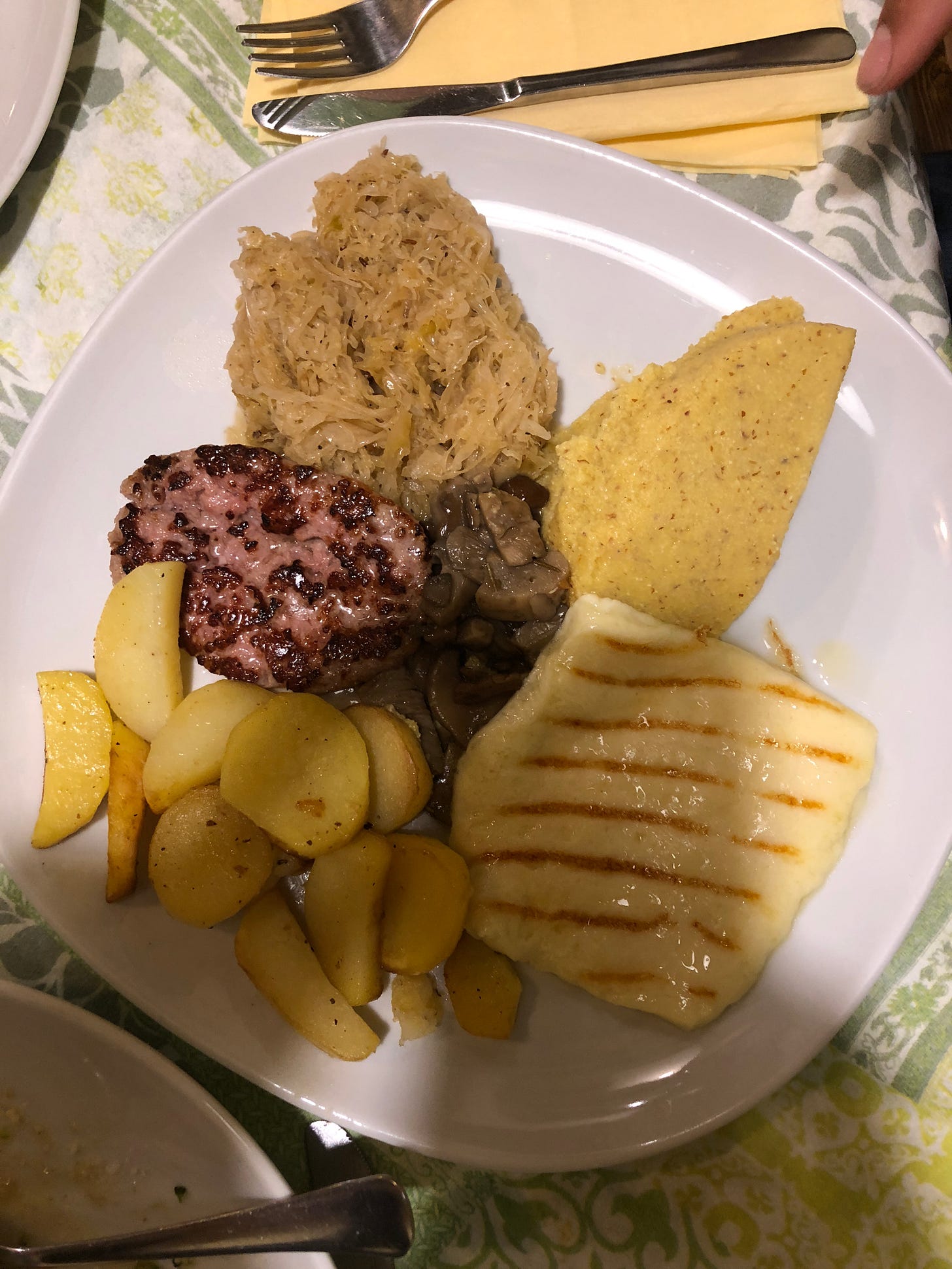
My long-time friend Jim visited two autumns ago. Despite having seen many corners of Italy, the Dolomites were by far his favorite.
Skiing at its Best
Madonna di Campiglio is my favorite mountain to ski with Simone. The runs are long, the terrain varied, and the Brenta peaks are always in view. By mid-afternoon, we stop at a rifugio where festive traditional Alpini music often plays. With a bombardino in hand—a hot, egg-based drink spiked with brandy and topped with whipped cream—and the sun on our faces, we talk about which trail to tackle next.
Lago di Garda
I also love the towns around Lago di Garda. Their Austrian influence gives them a more serious, structured feel, with tidy streets and precise details. Nonetheless, they’re seriously beautiful too!
Places like Riva del Garda, Limone sul Garda, and Sirmione are among my favorites. A newly built bike and pedestrian path clings to the cliffs near Limone, offering breathtaking views over the lake. The setting feels more like the French Riviera than the Alps, and it’s a reminder of the incredibly diverse landscape Italy holds.
Italy is often seen as a land of olive groves, vineyards, and Roman ruins—and it is. But it’s also alpine peaks, rustic chalets, polenta with mushrooms, and Austrian echoes in Italian valleys. Each region feels like its own small country, with its own rhythm, taste, and voice.
Tuscany may be home, but places like the Dolomites remind me that there's always more to discover and where people from different backgrounds have come together in harmony shaping one extraordinary country.

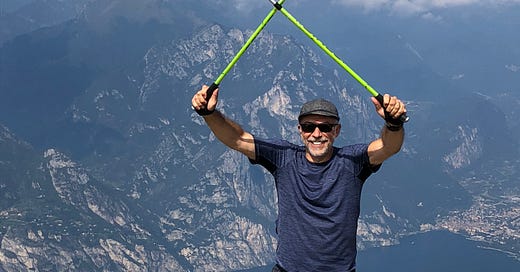


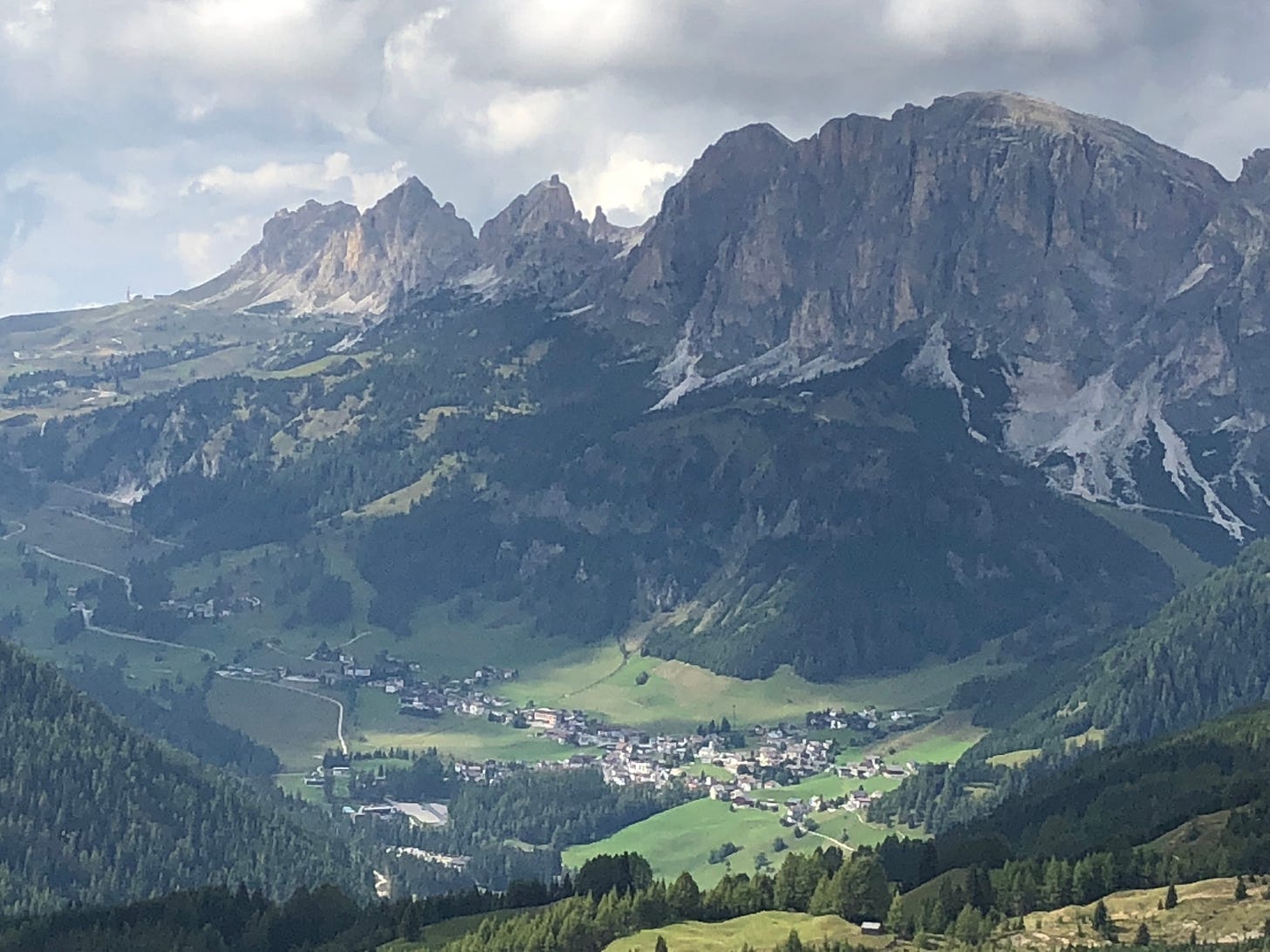
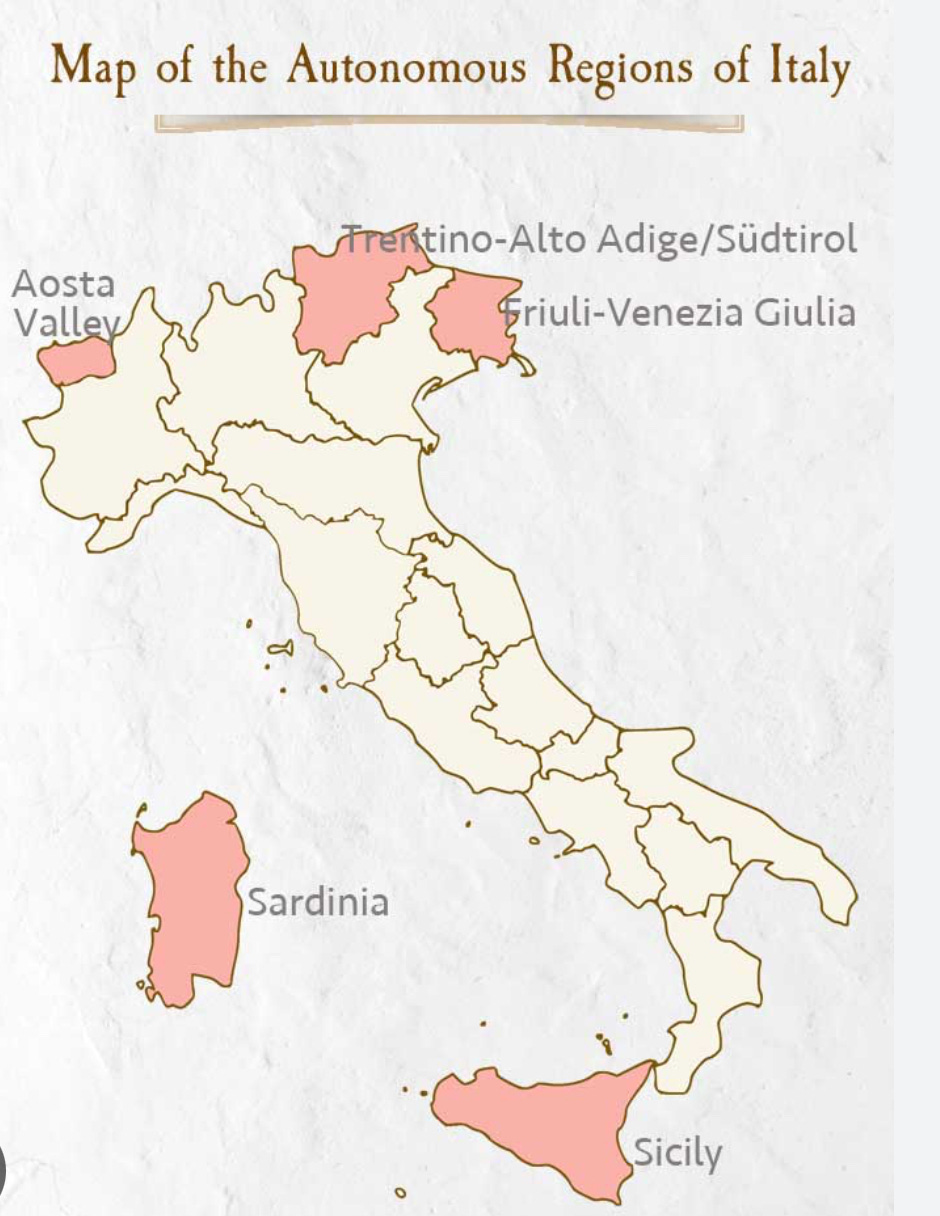
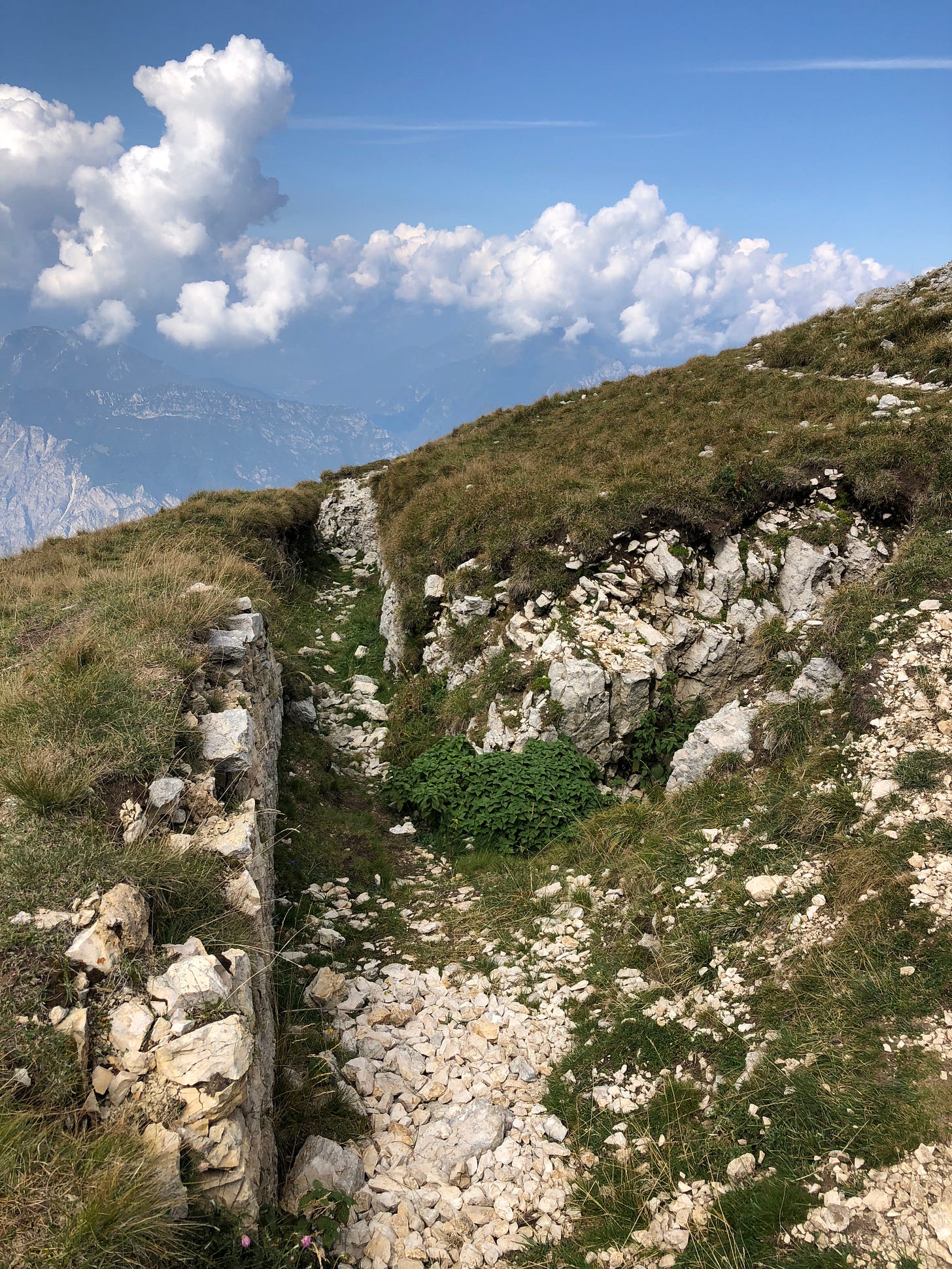
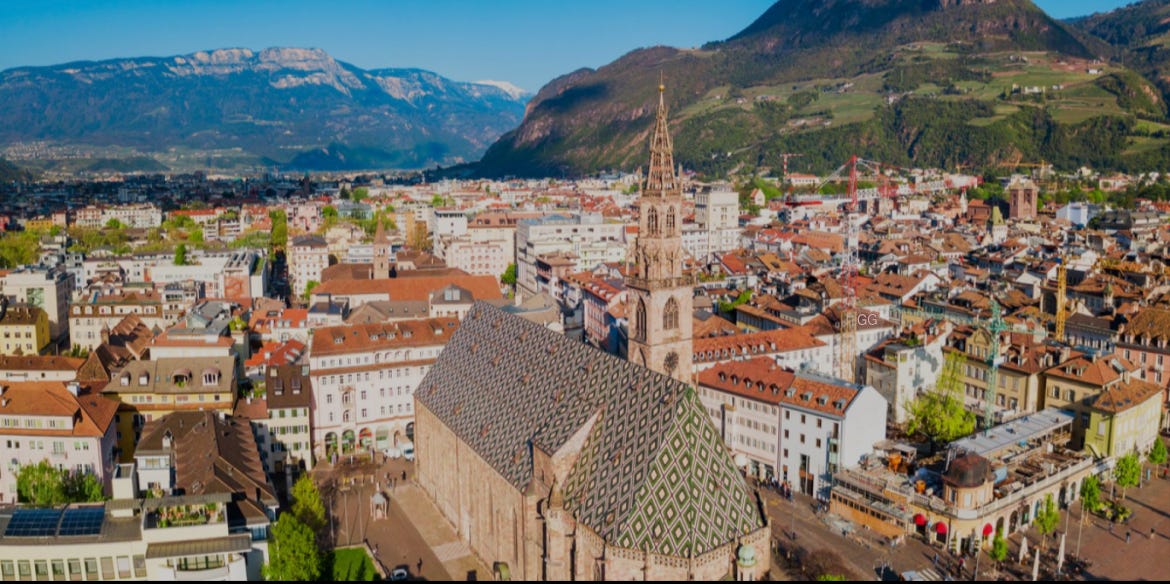
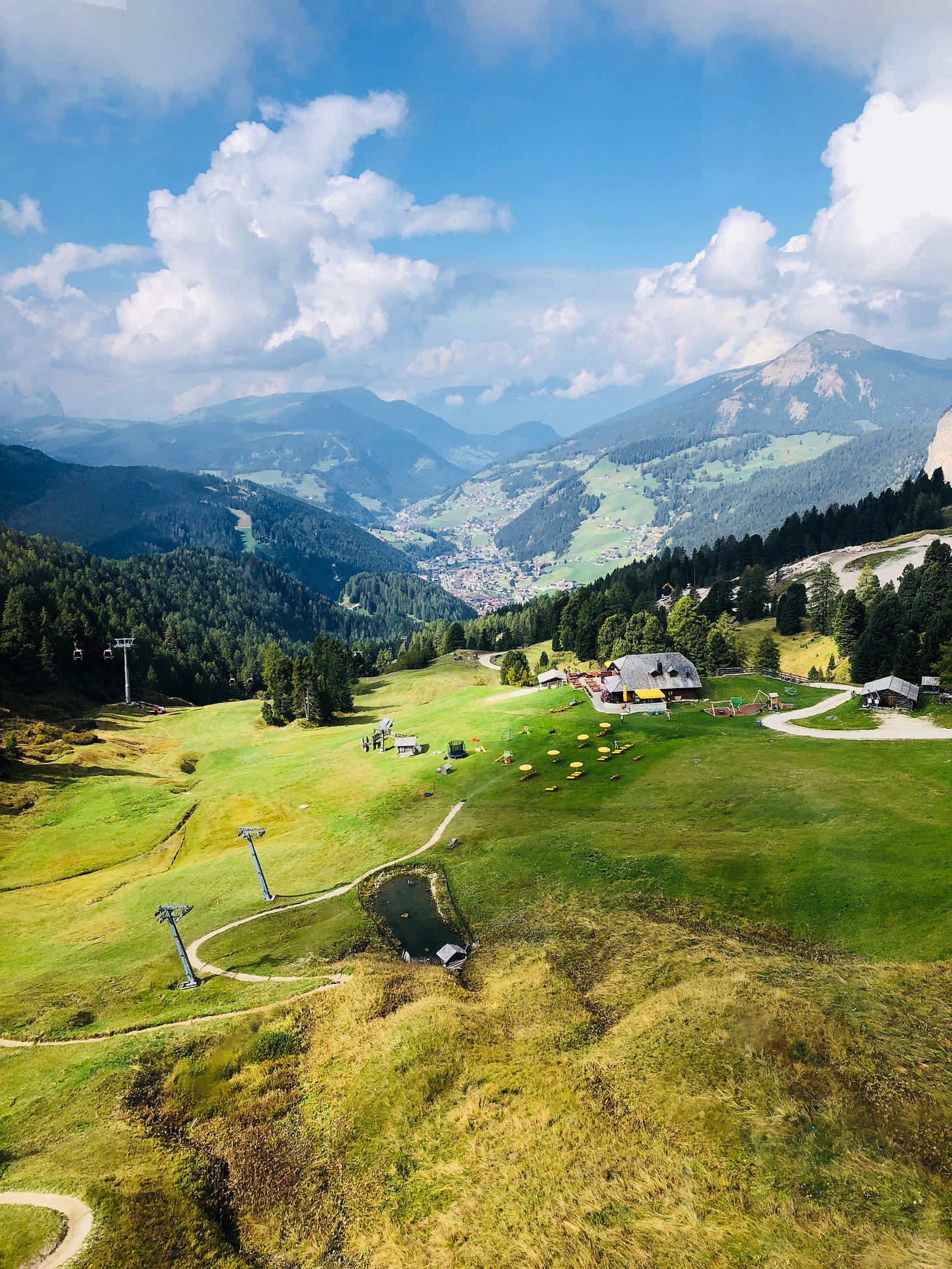
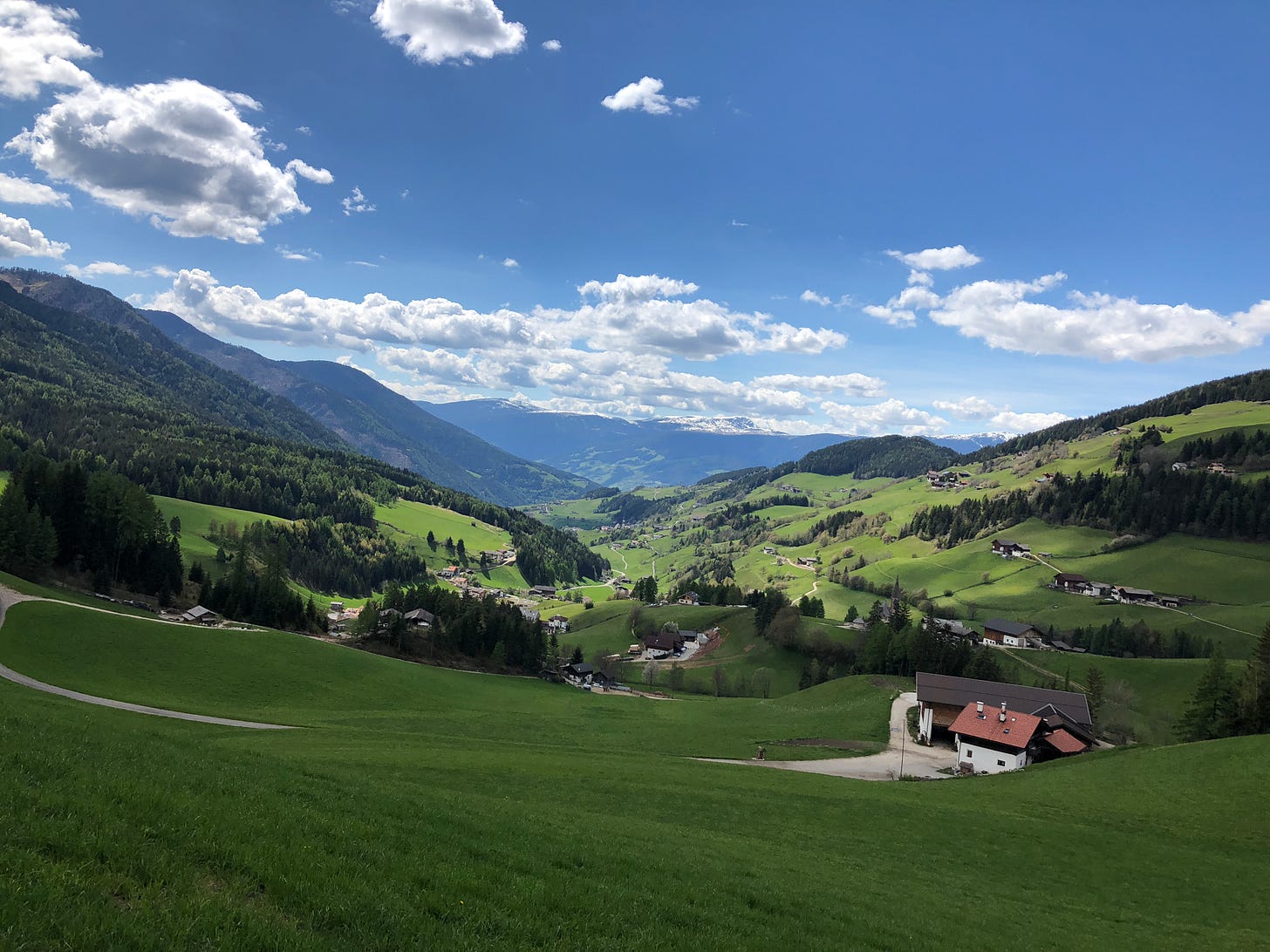
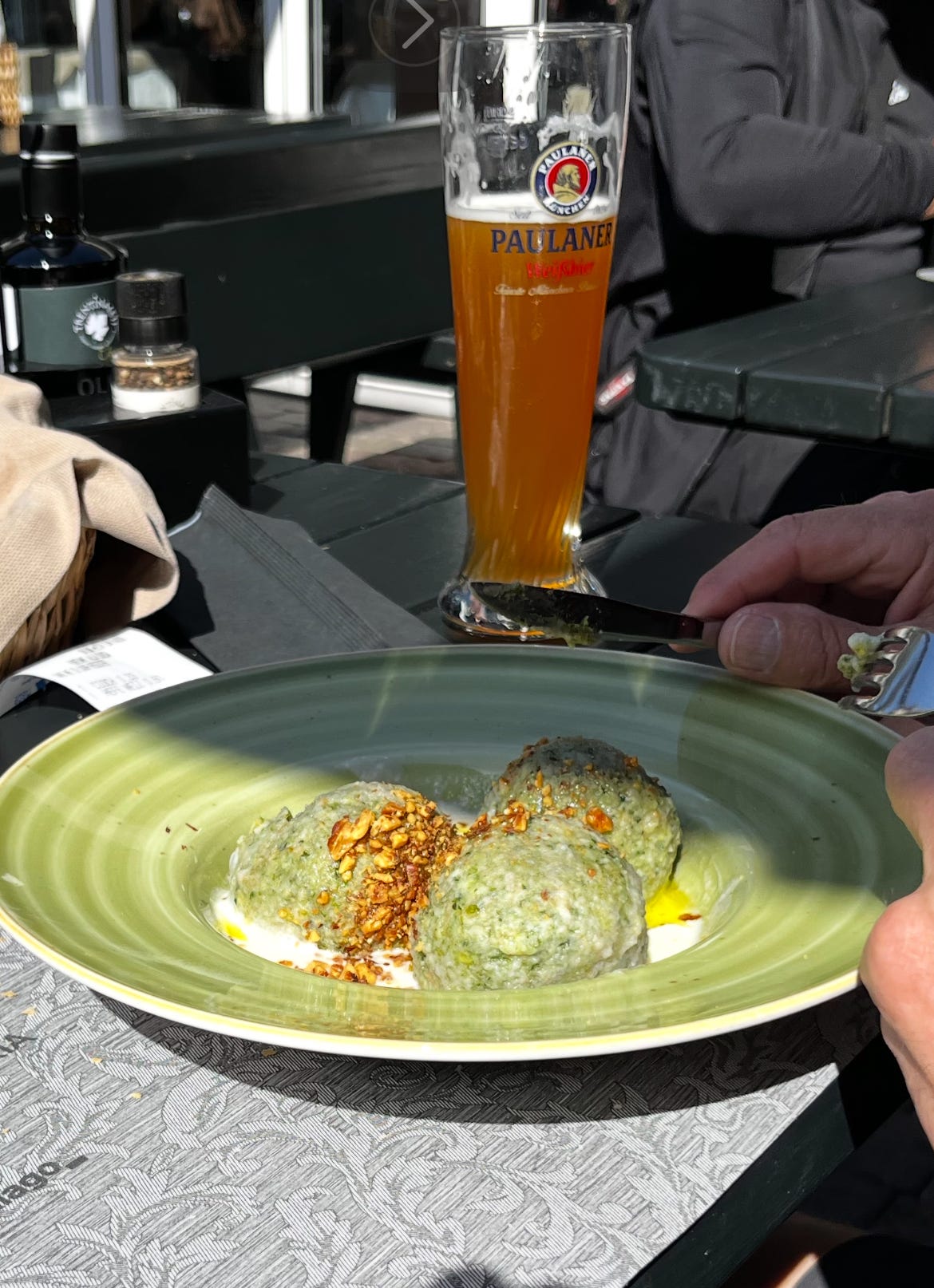



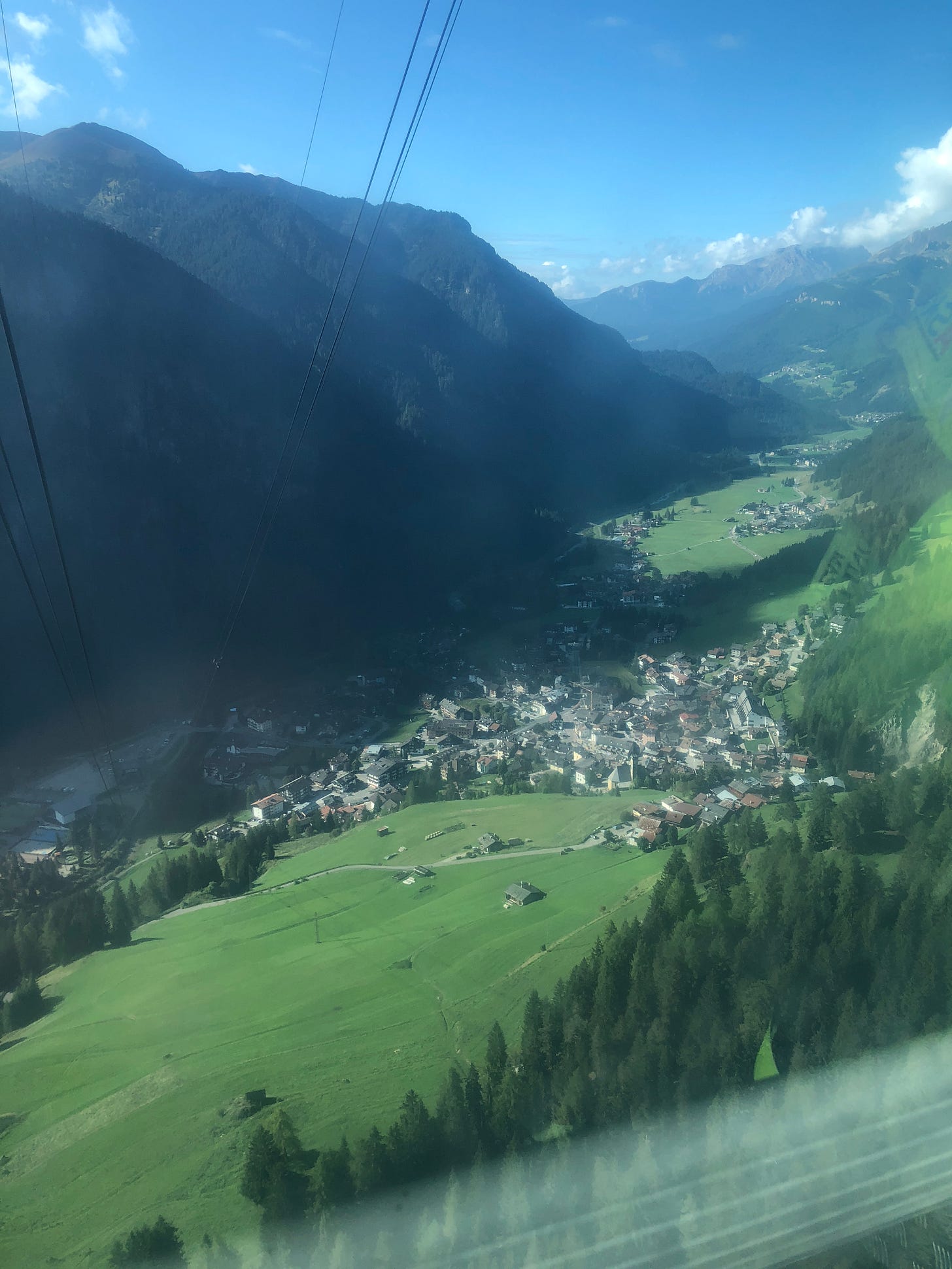
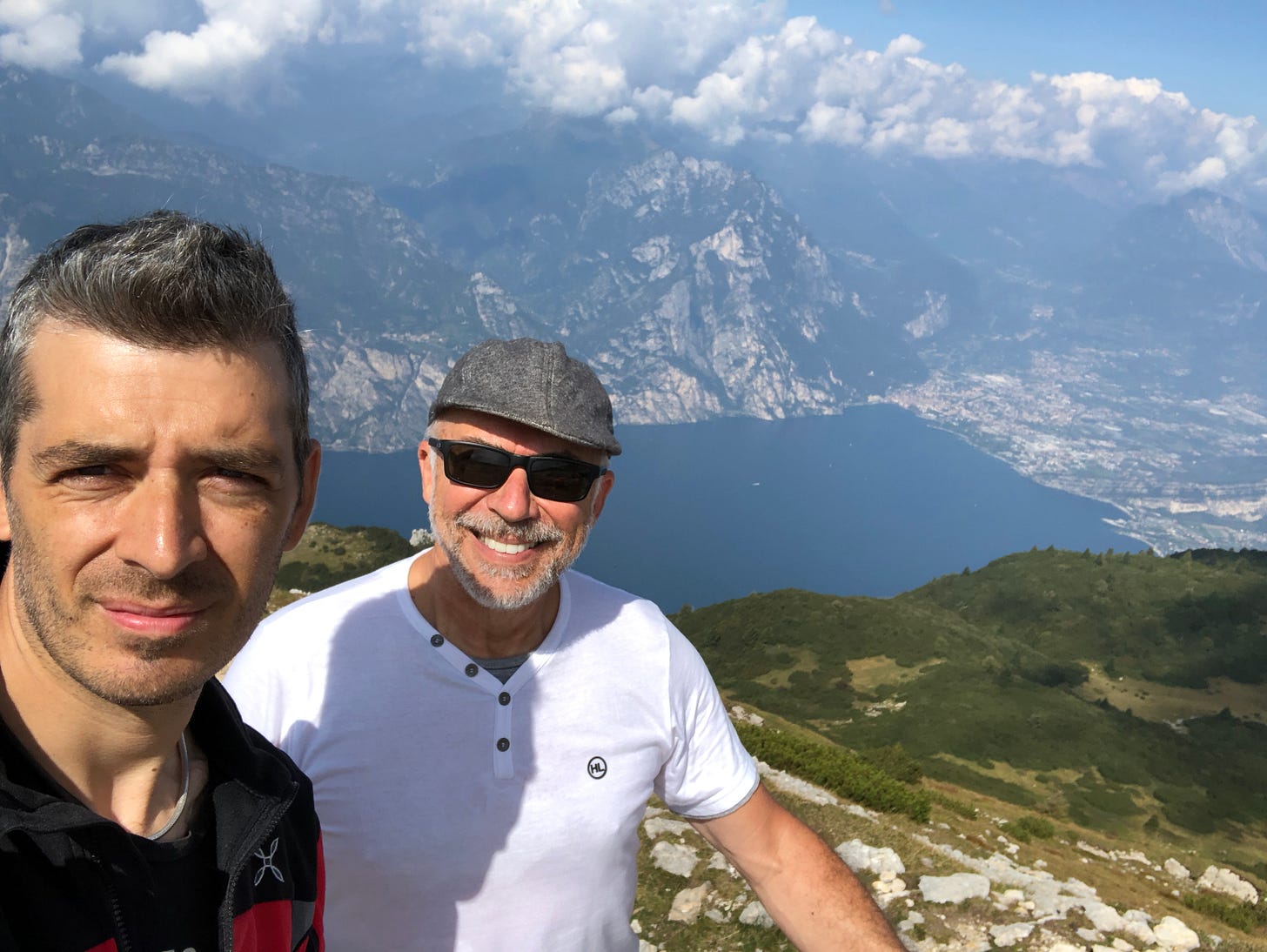

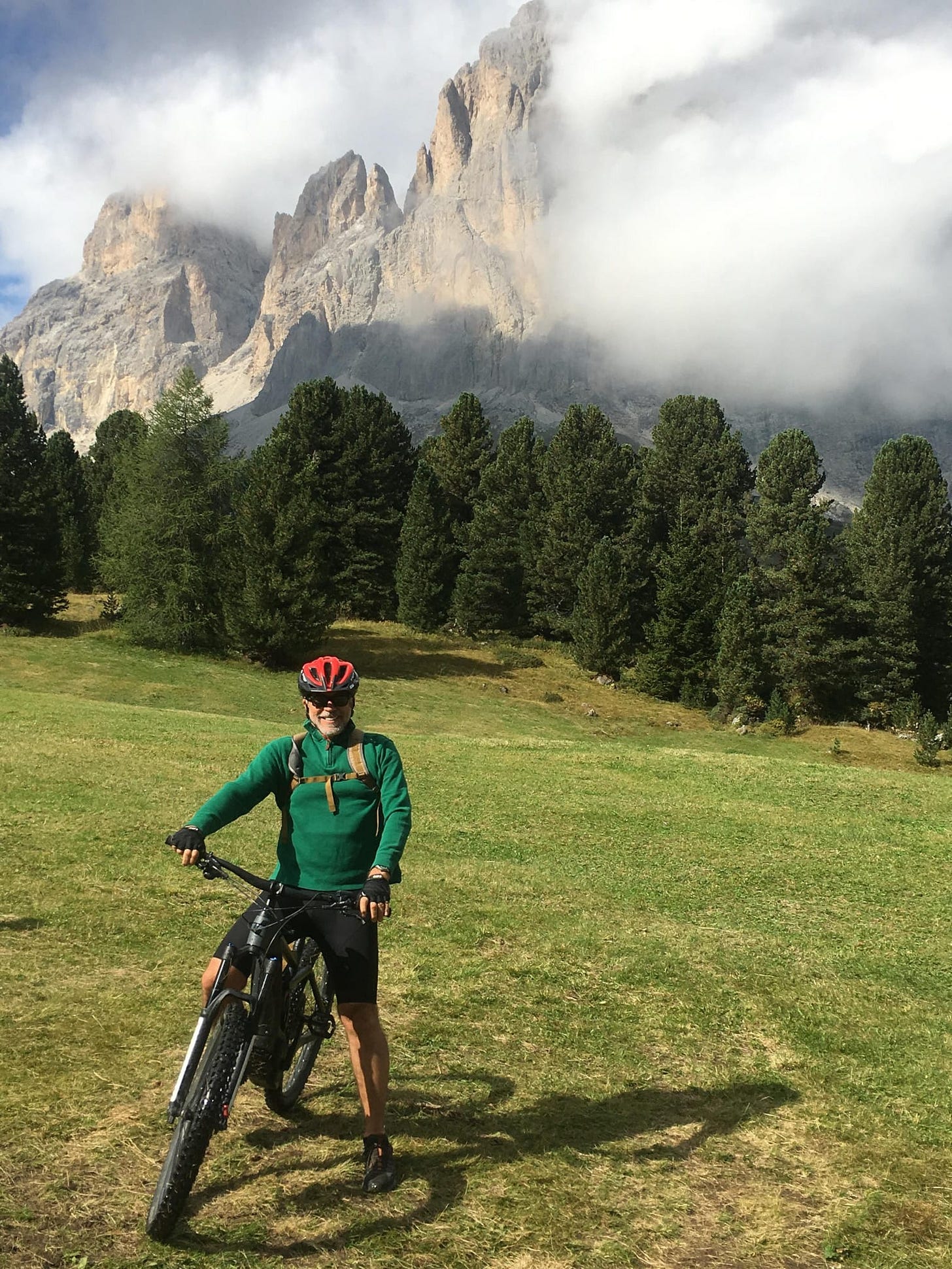
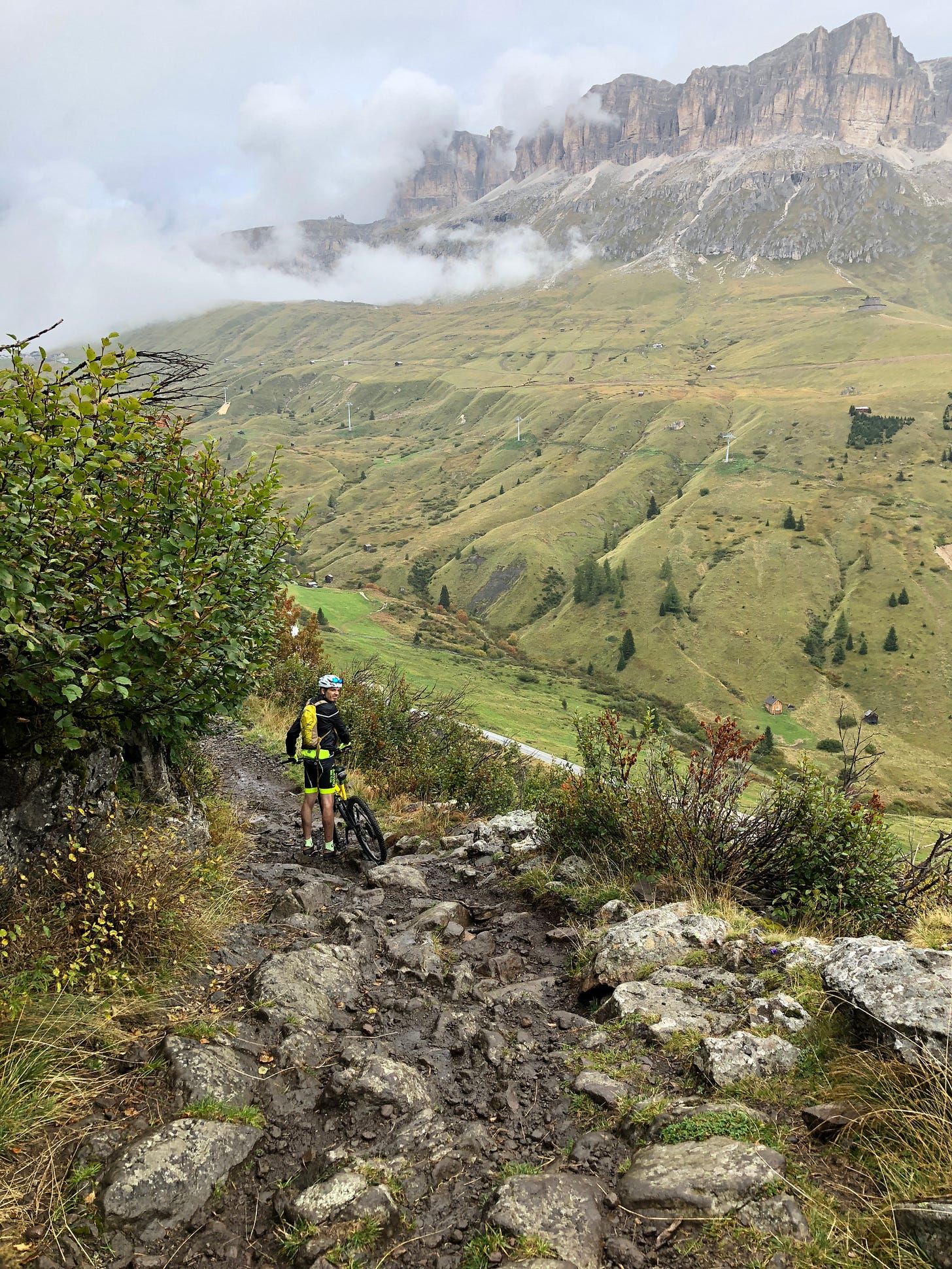
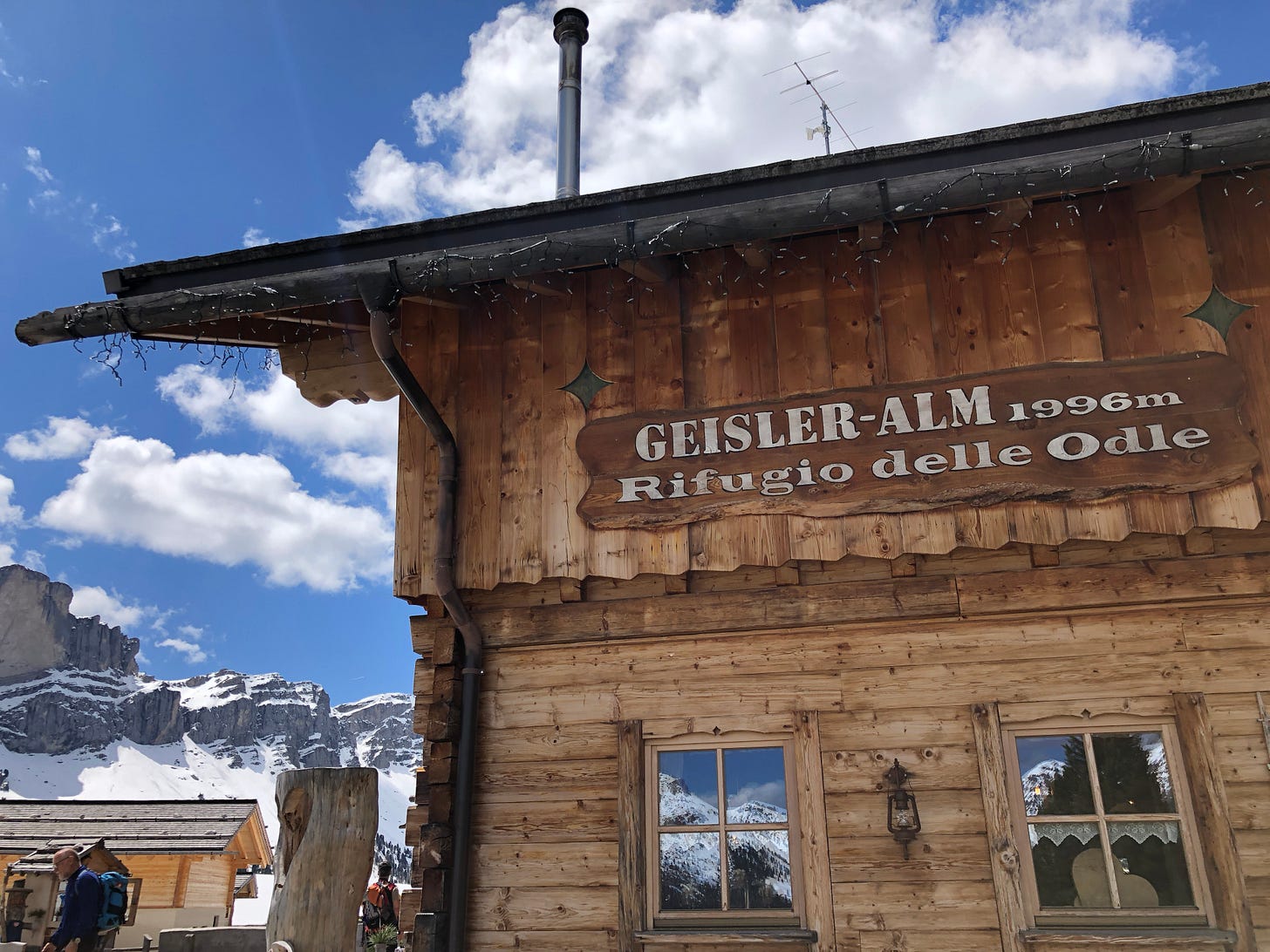
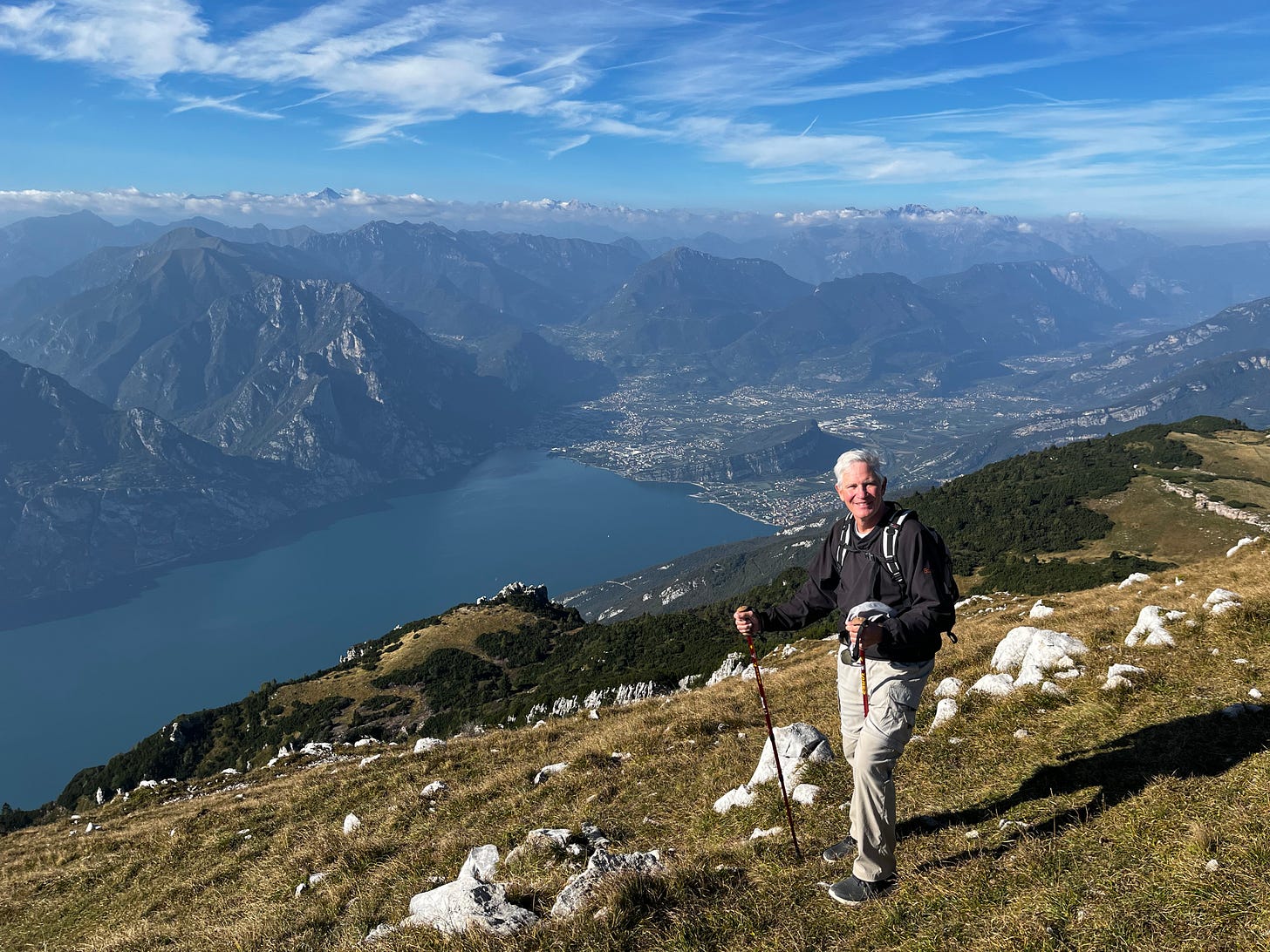
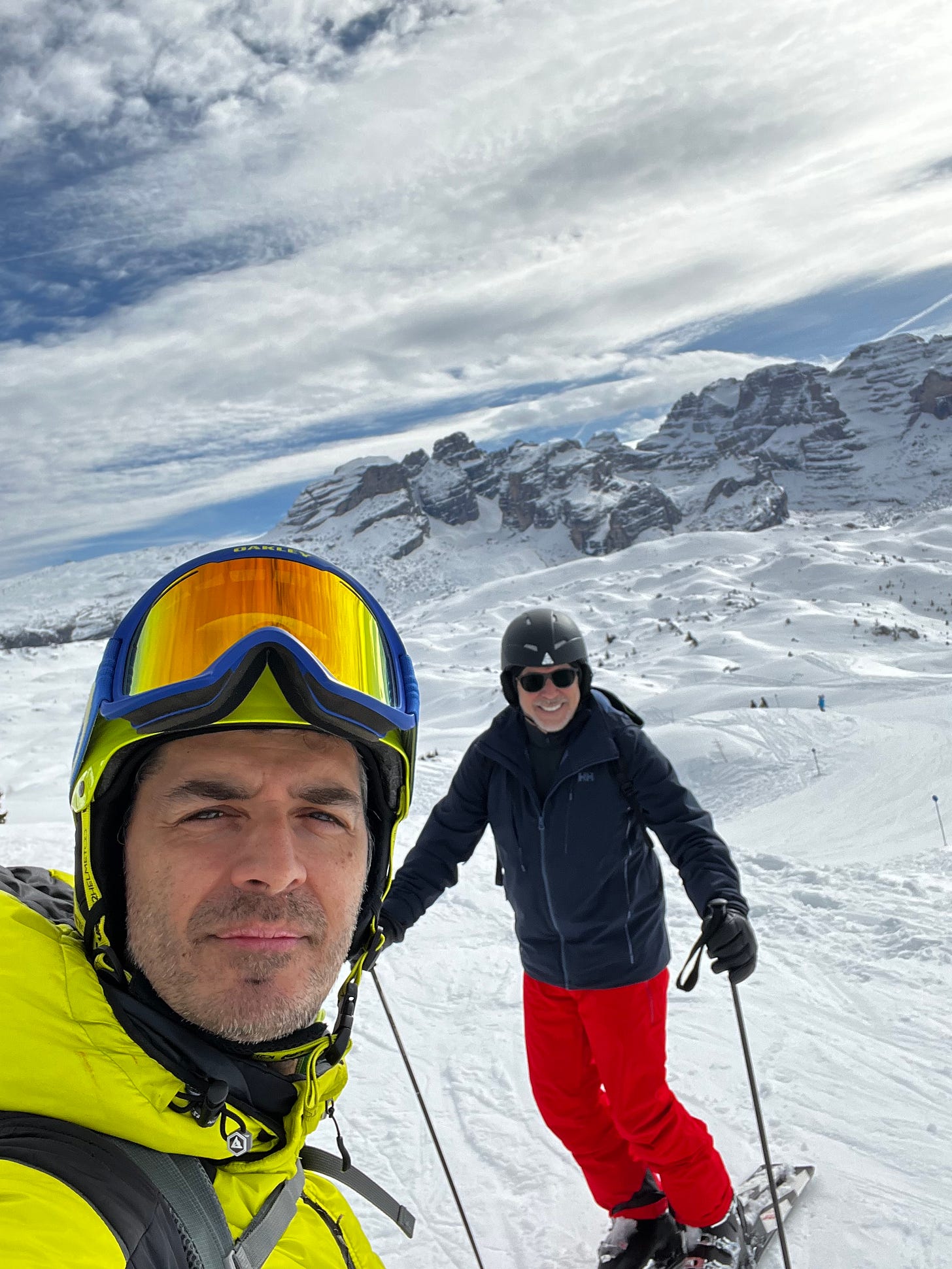

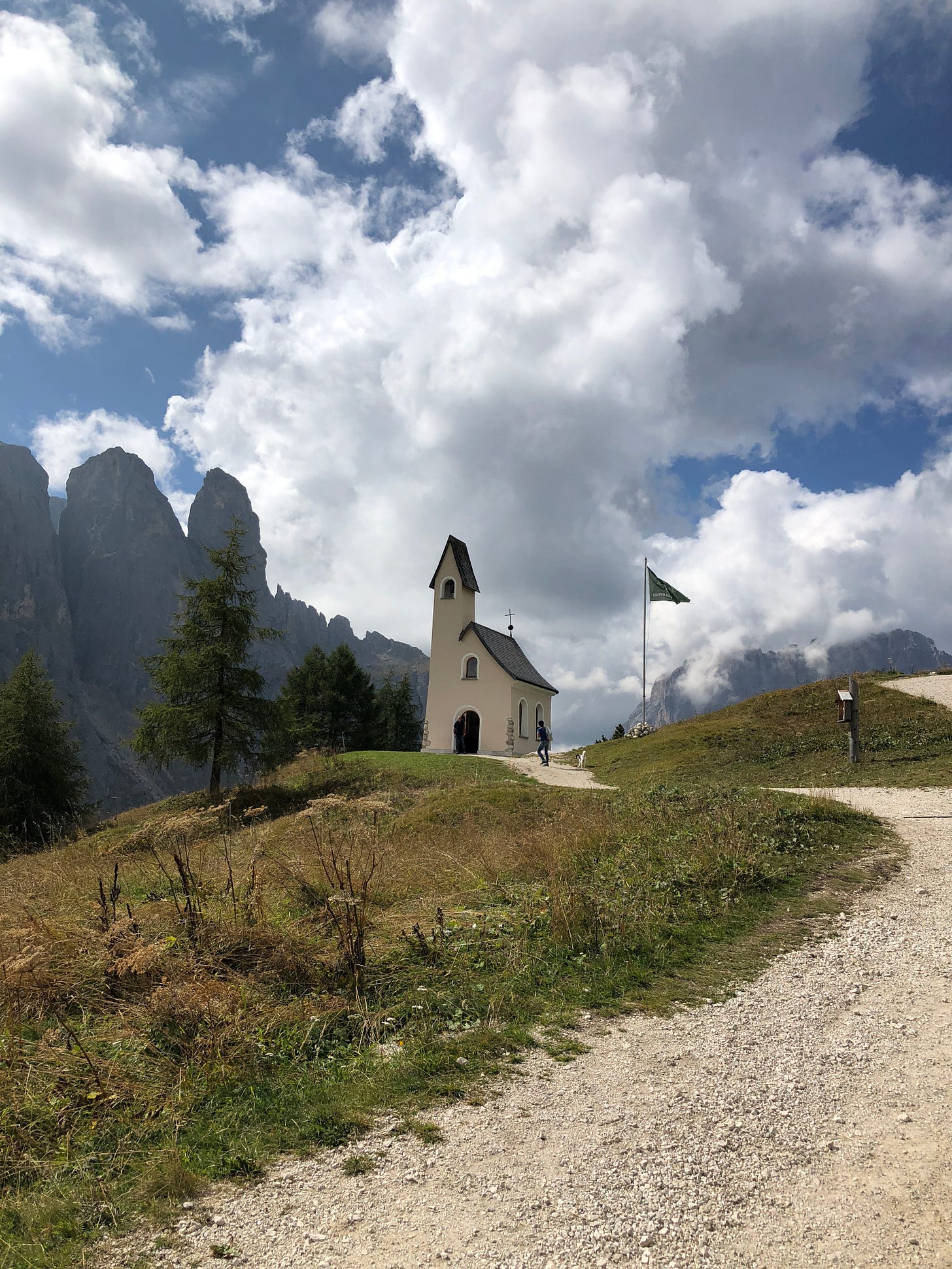
Ah, my wonderful neck of the woods! Will be going through this October and cannot wait to be there. The mountains are calling!
I’m constantly dreaming of going back…